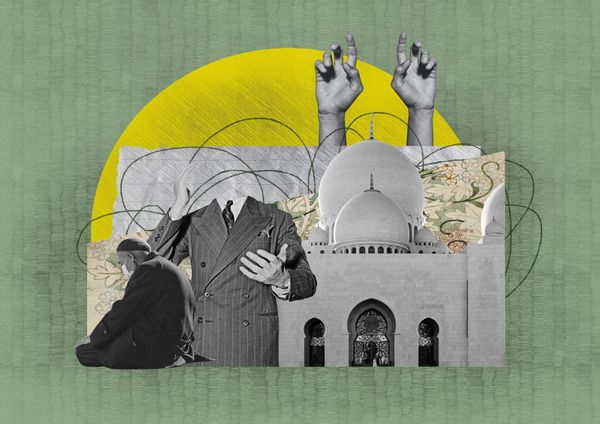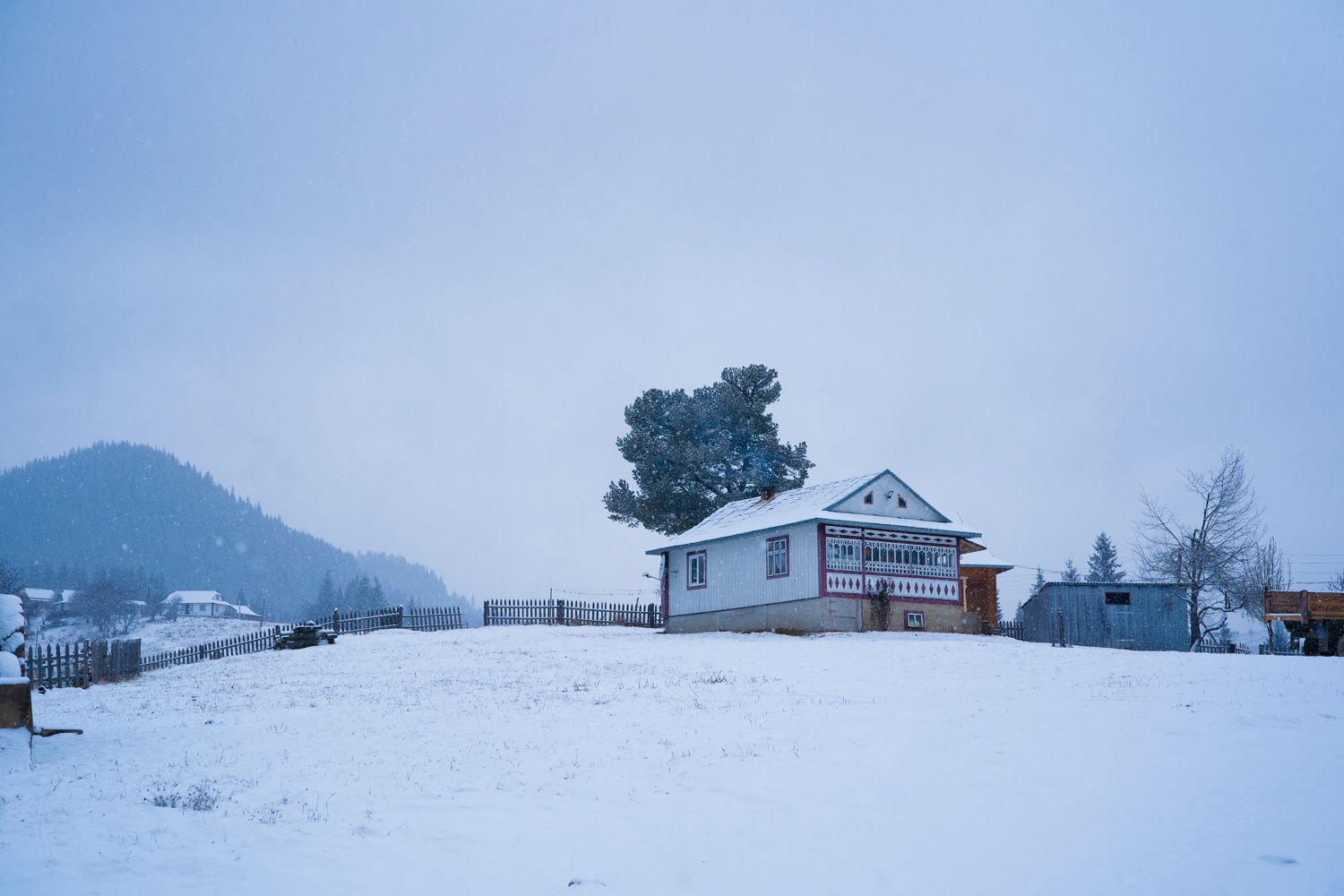As a result of Russian attacks, hundreds of villages in Ukraine are getting either partially or completely destroyed: the lifestyle and traditional culture of the people living there are in transition. Svitlana Oslavska and Anna Ilchenko seek to preserve and tell the real stories of these villages. Despite the current situation and the power cuts affecting Ukraine, we had the chance to talk to the sisters in person in the online space.
Anna works as a photographer and videographer, while Svitlana is a journalist and writer, so their business has taken them to many Ukrainian towns and villages anyway. But, as Svitlana put it, their interest and admiration for old houses in the countryside has more to do with their childhood. The siblings grew up in the urban environment of the now Russian-occupied Sievierodonetsk, where they were exposed to completely different conditions than those who grew up in the countryside. Then, as Anna told me, every summer as children they traveled from the eastern part of the country to the western part, twelve hours by train, to visit their grandparents. On these occasions, they could also discover many villages and houses, and besides that, they have received a lot of wisdom from the people who live in these villages. So they decided that they would like to put this experience into some kind of physical form—for example, a photo book. “We were kind of outsiders, but also insiders of rural life, because we were spending our summers in a village—this also shaped the vision of our project,” Svitlana pointed out.
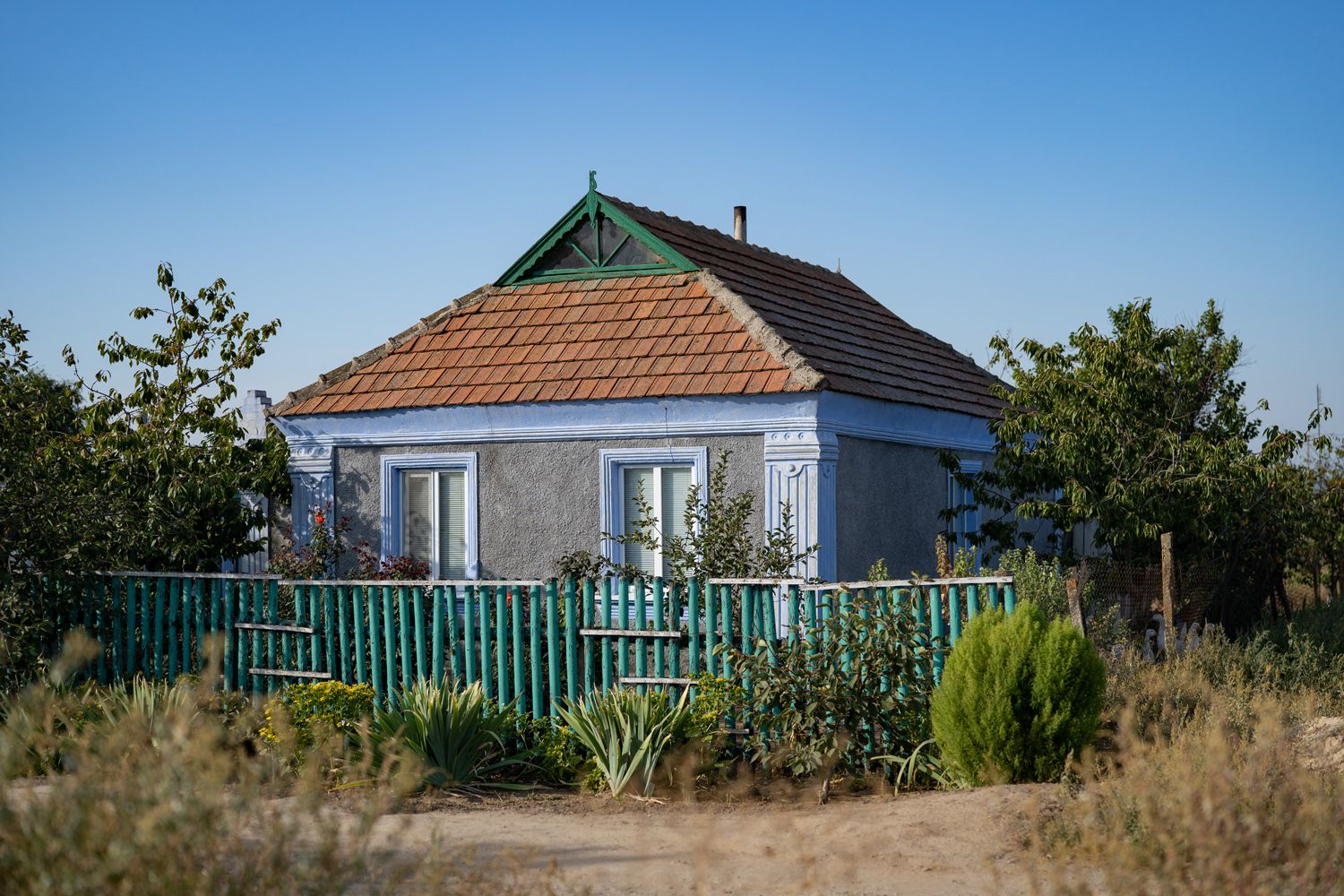
They first shared their idea on a Ukrainian crowdfunding platform, and then used the money raised to organize their expedition—and thus began their visual and storytelling documentary initiative, the Old khata projekt (the word ‘khata’ or ‘хата’ means rural house in Ukrainian) in the summer of 2020. Anna and Svitlana traveled by various means of public transport through all regions of Ukraine, from Zakarpattia in the west to Luhansk in the east, and from Polissya in the north to Kherson in the south. Then they selected at least one or two villages in each region to get a closer look at the houses built there. “We often met people who told us that although they were born in the countryside, they didn’t look at these houses the way we did and didn’t find them beautiful or particularly interesting,” Svitlana noted. Among the destinations, there were also some that they visited by invitation. “The personal invitations and contacts were extremely important because it was always good to have a local friend introduce us to the residents, so we got more trust from the people there,” she added. Then their trips became more frequent until November last year. At that point, they believed they finished the project, but in April this year they decided to start traveling again—this time to war-affected villages liberated from Russian occupation.
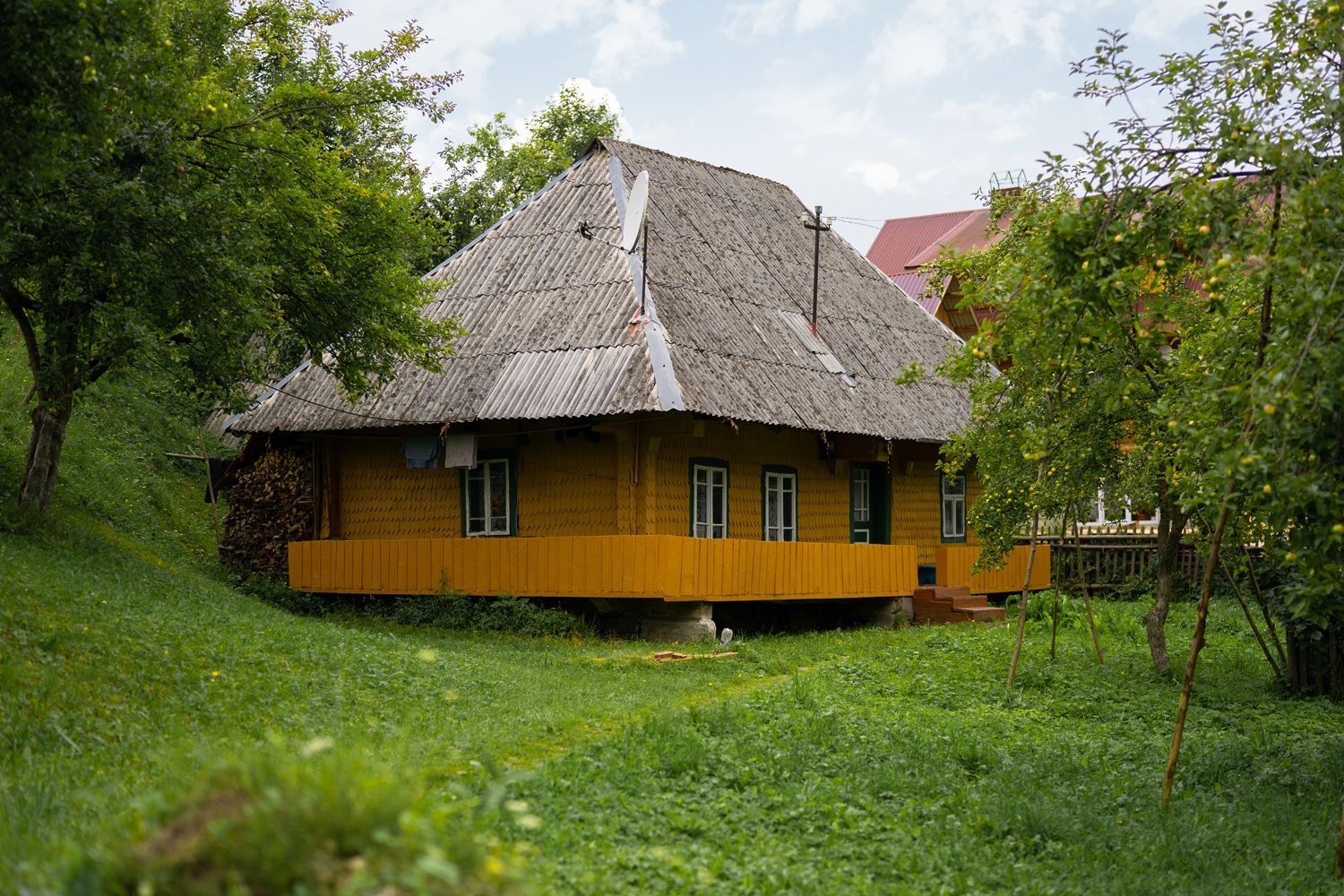
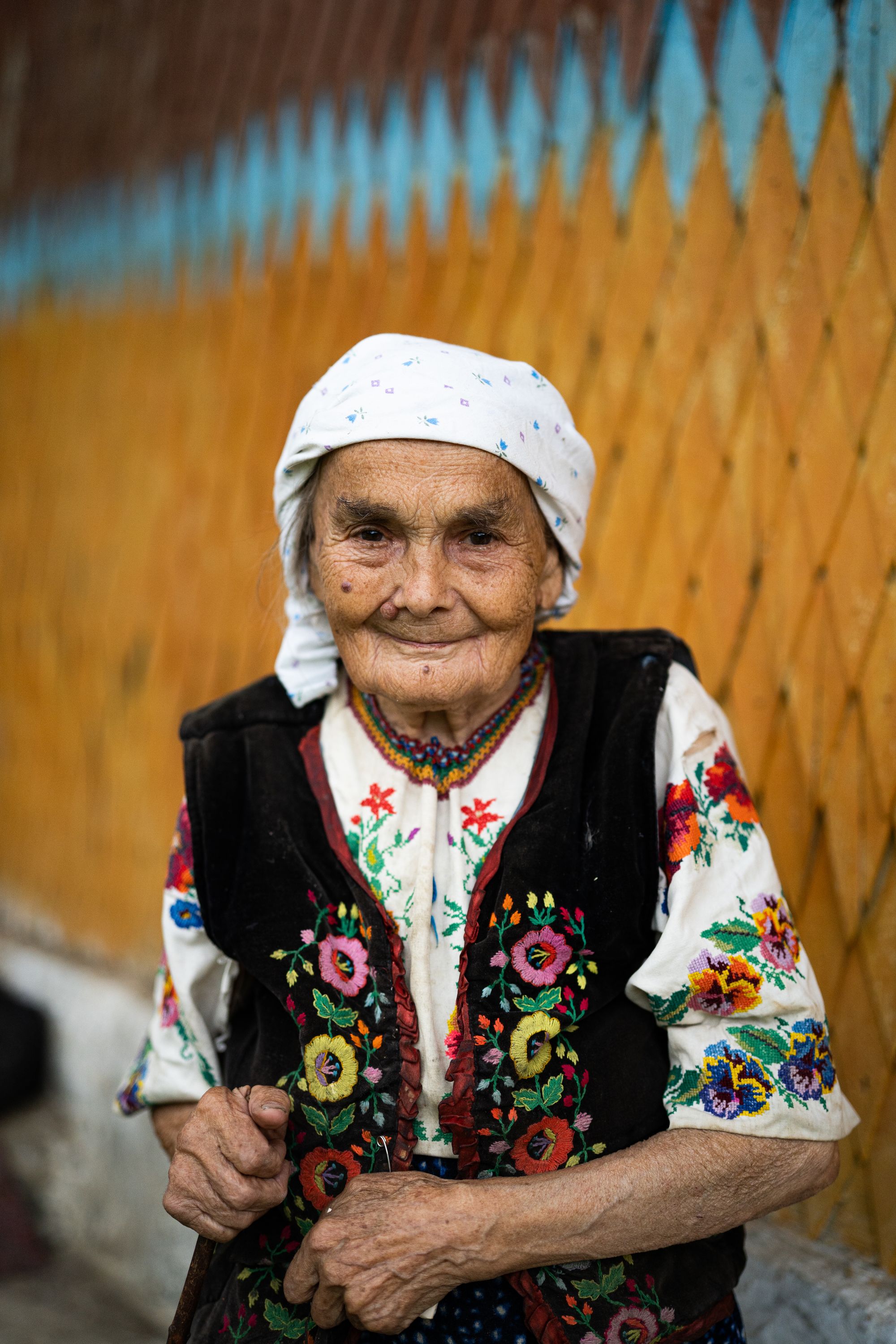
Layers of a village house
As the sisters explained, the appearance of country houses was never constant, and depended to a large extent on the country‘s momentary economic situation or the spirit of the times. Thus, a building would always have a different, new layer over time. It is also significant that they have various characteristics from one region to another. “Ukraine is geographically very diverse: forested in the north, mountainous in the west, or steppe in the south, which also influences the country’s rural architecture,” explained Svitlana. Furthermore, throughout history, parts of Ukraine belonged to different empires, such as the Soviet Union or Austria-Hungary, and this has left its mark on the character of the houses. For example, the southern region of Bessarabia is very multicultural, or in Svitlana’s words, multi-ethnic: while one village is ethnically Russian, its neighbor is Moldovan, and there are also Bulgarian and Ukrainian settlements. “Because of this, the traditions are different, but also somewhat similar, because they belong to the same region,” she added.
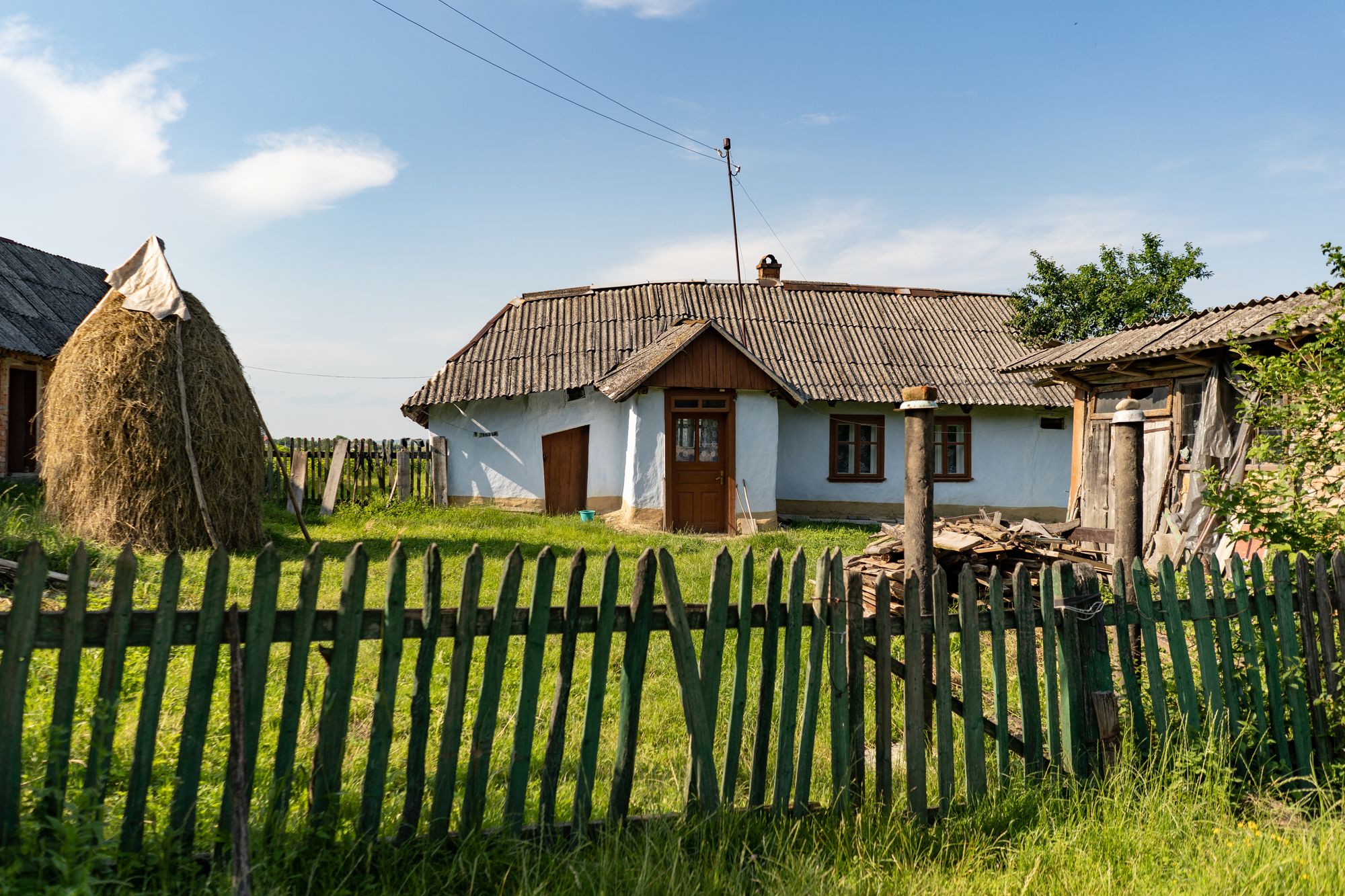
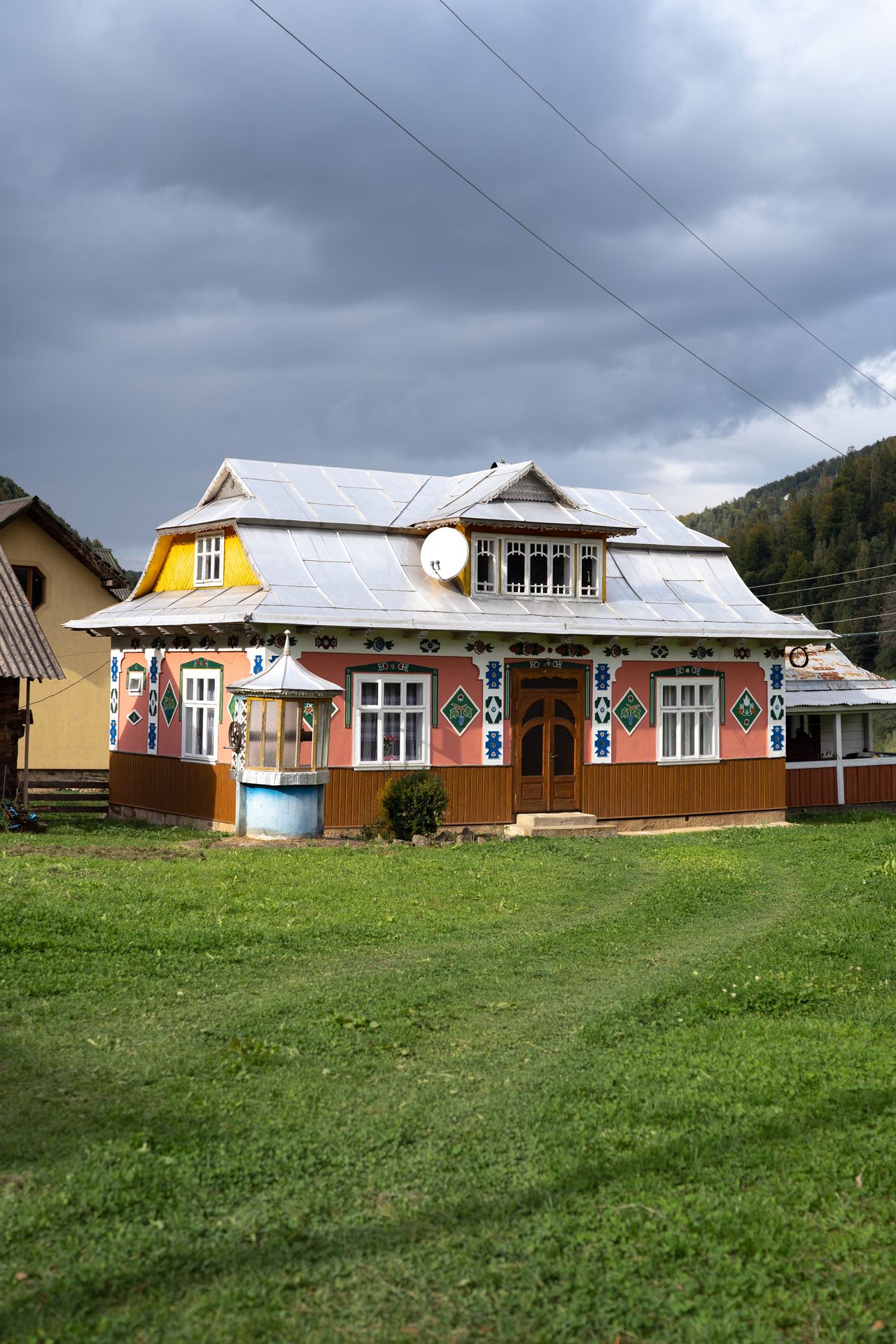
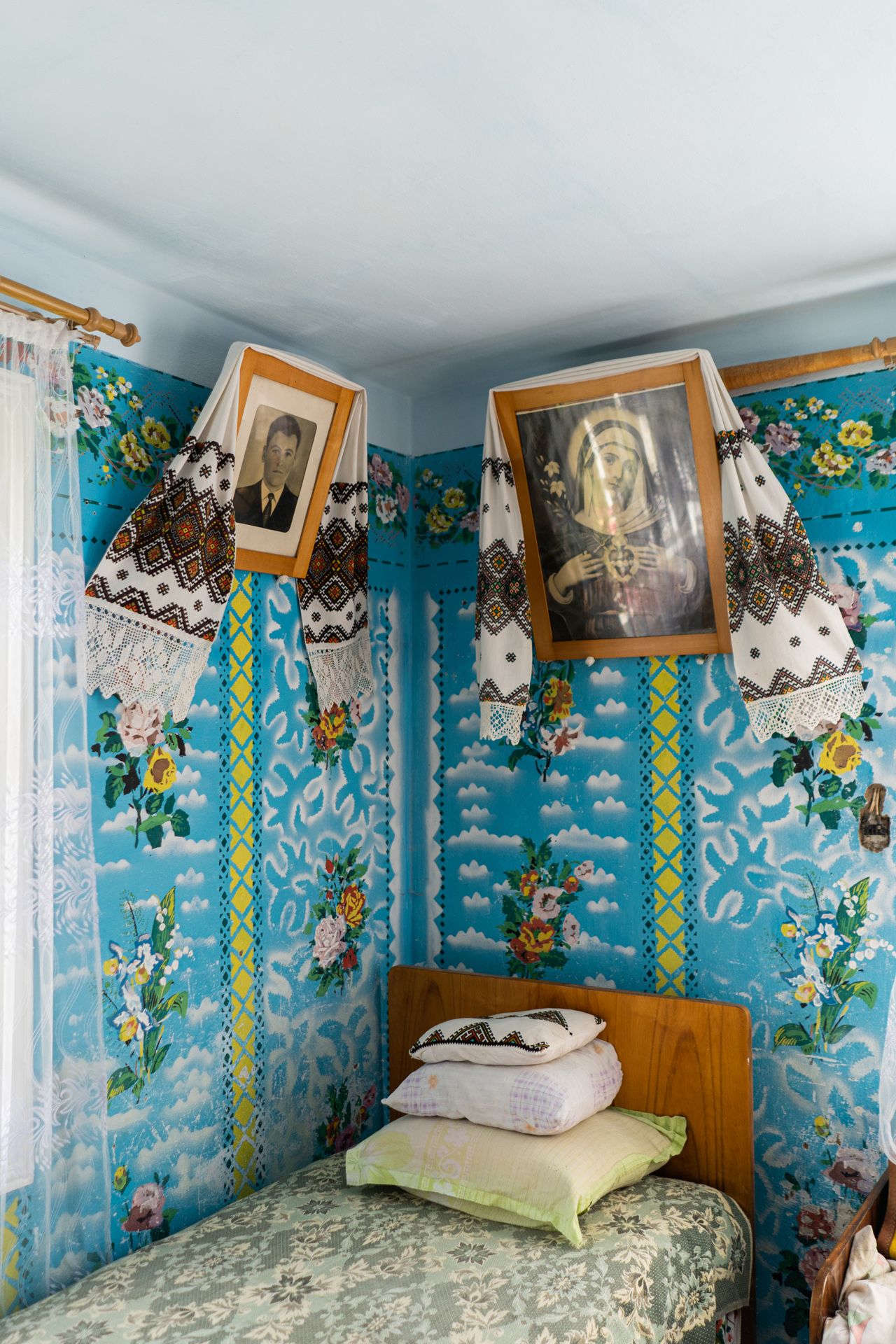
“Most of the houses we’ve seen were actually built in Soviet times: in the fifties and seventies. What’s really interesting for us is that several generations of the same family have lived in these houses, constantly remodeling and embellishing their own world: each house is unique and individual, so to speak. This is reflected, for example, in the decorative elements or even in the paintwork on the walls,” added Anna. What you can also observe is that the material of the houses varies from region to region: in central Ukraine, clay and brick are the most common, while in the northern part of the country, in Polissya, or in the historical region of Sivershchyna, wood predominates. As Svitlana pointed out, although these houses were built in the 1950s, the type of building and the materials used followed the traditions of the late nineteenth century and early twentieth century. Even though there are still people in Ukraine today who build according to traditional techniques, in many cases we can see a mix of old and modern materials.
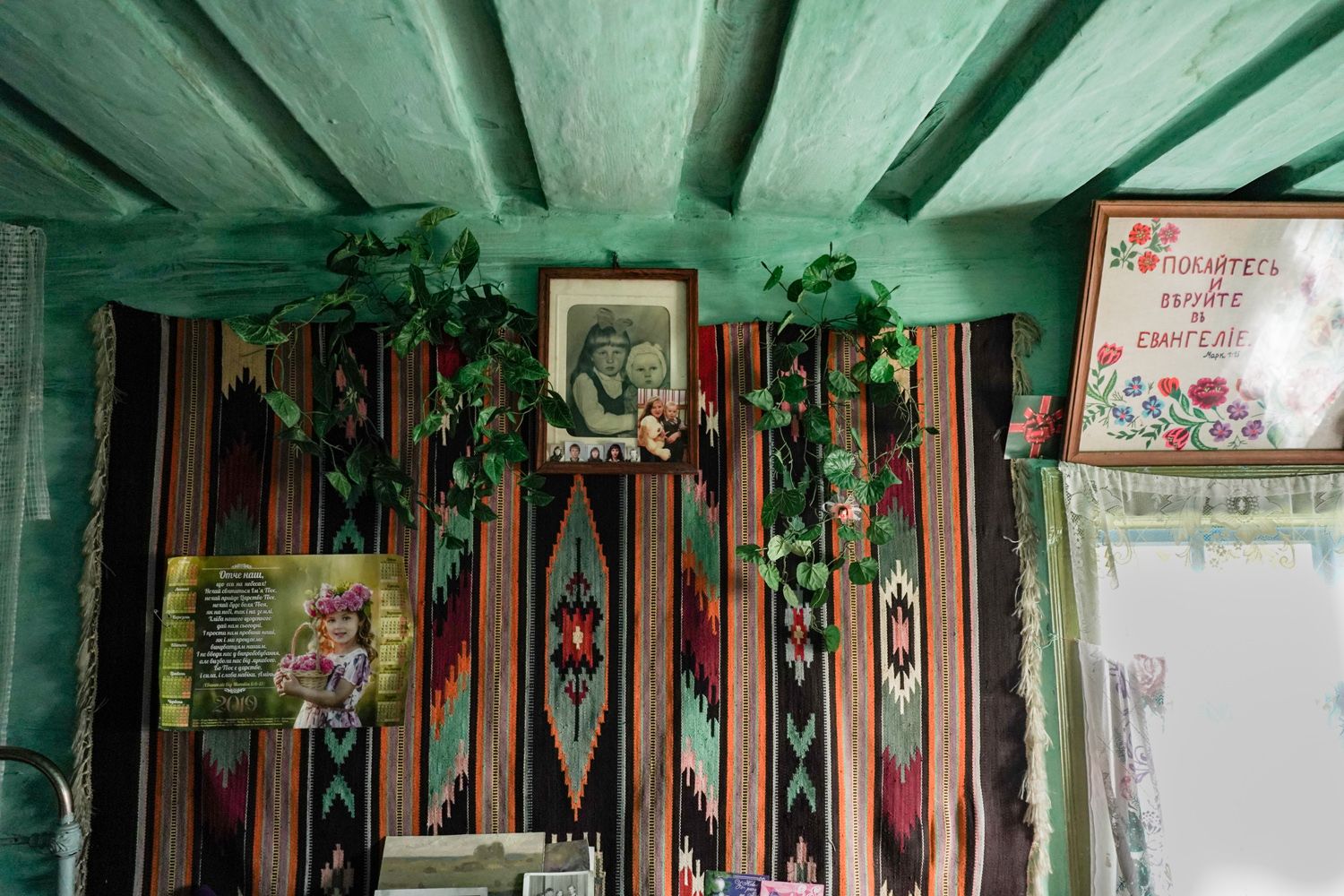
Of course, despite the many differences, there are some common aspects. These include the distinctive blue walls of the interiors and exteriors, or the architectural element at the entrance of the house, the veranda, and the ornate window frames, or nalichniki and lyshtva as they are known in the north. “What is absolutely common is the wooden windows everywhere. No matter what region the house is in, the windows are made of wood and decorated with carved motifs. Some have stars, birds or flower patterns above the windows, others have geometric ornaments around the veranda, also carved in wood,” Anna explains.
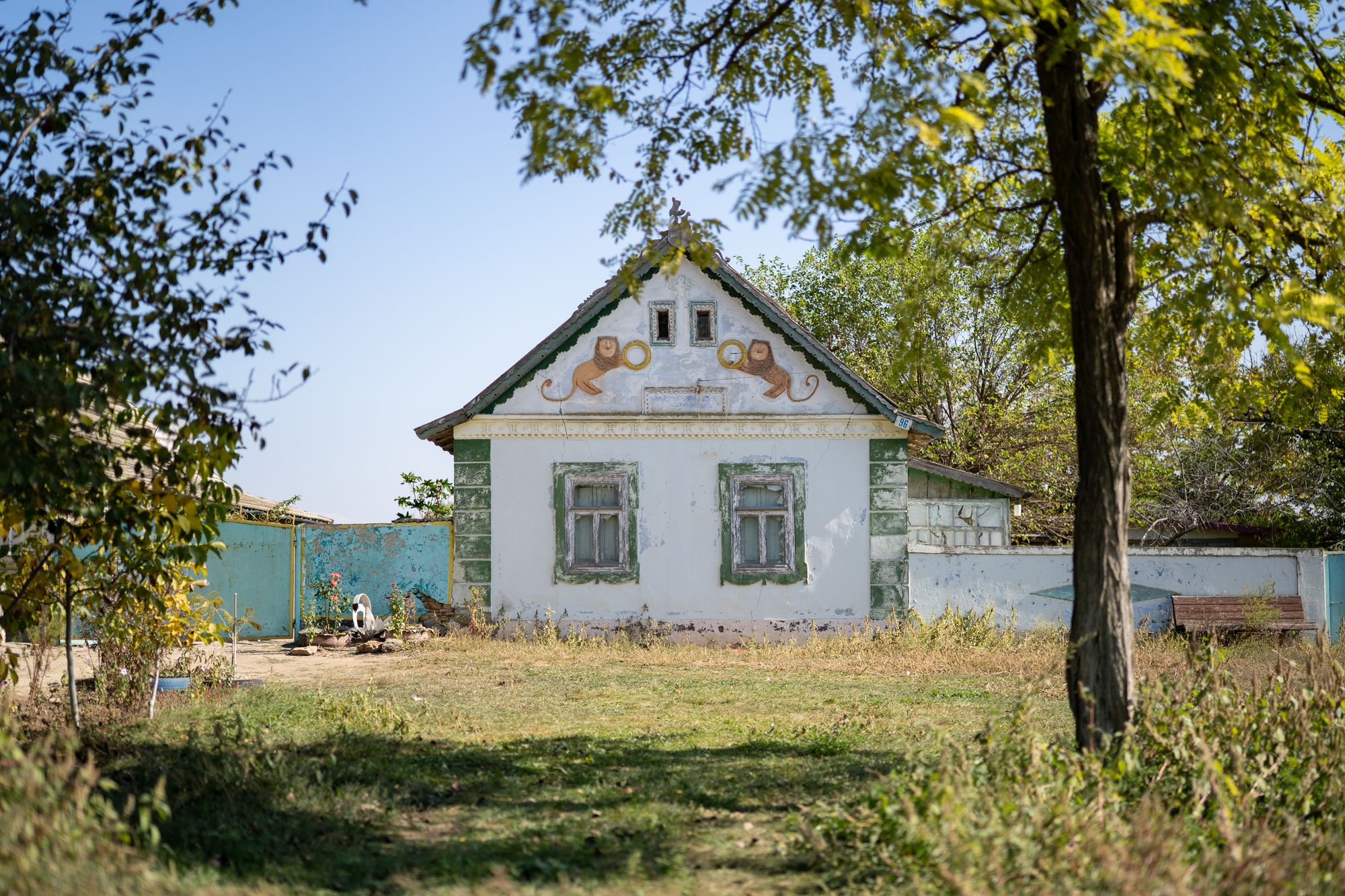
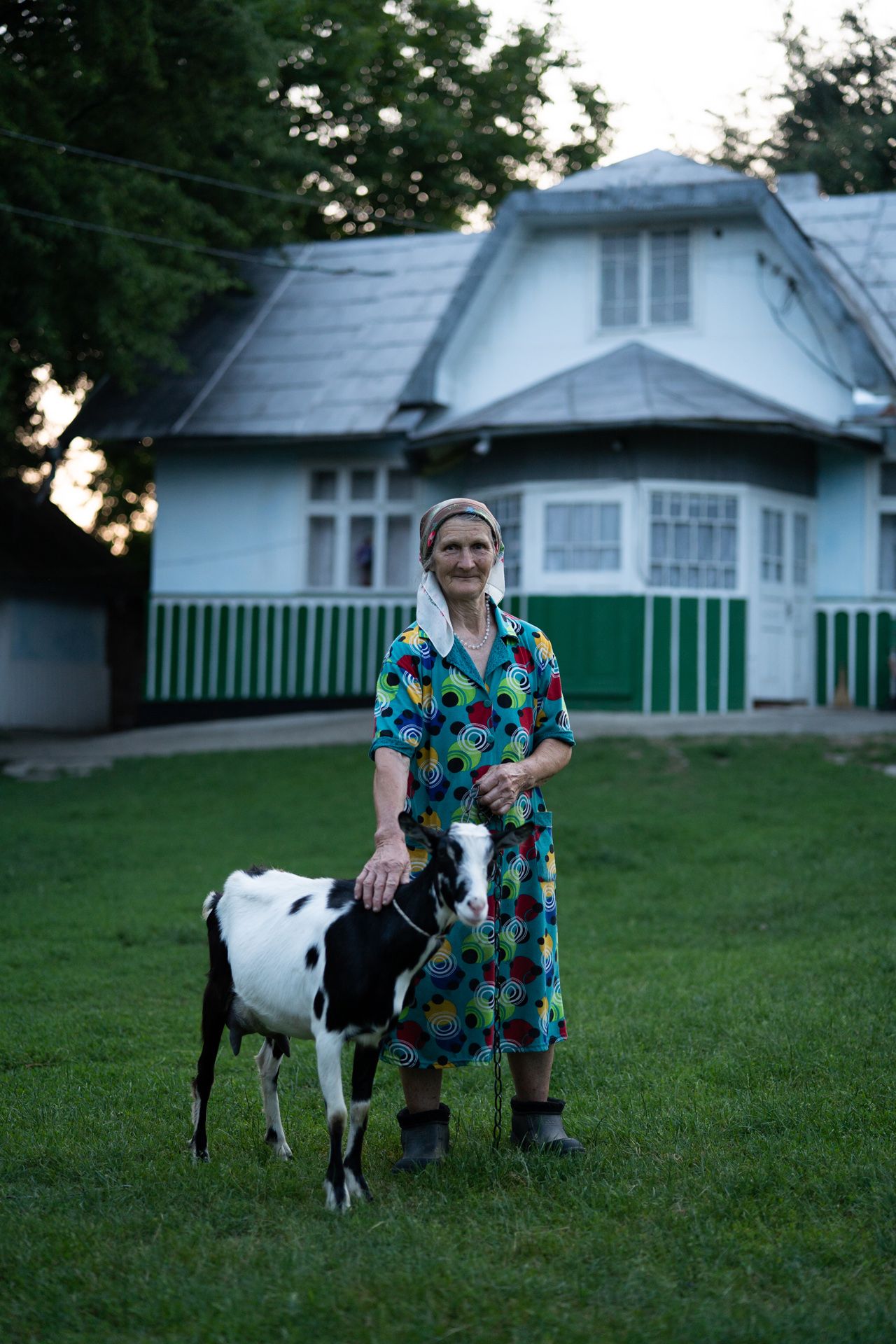
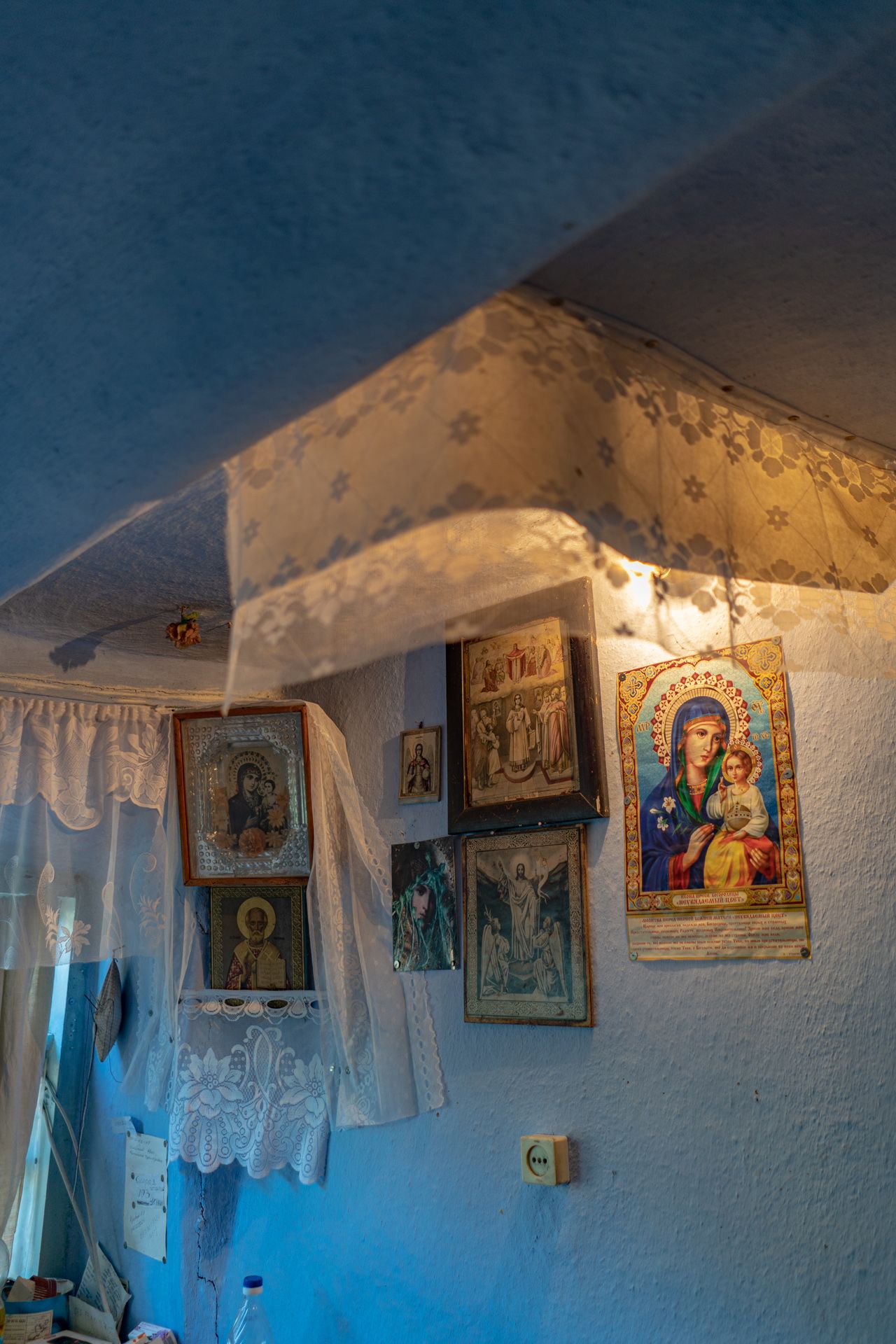
“So the land isn’t idle”
During their travels, Anna and Svitlana not only capture the houses, but also talk to the people who live in them. At first, they asked them about their buildings, their architectural traditions, and processes, but they discovered that the people they interviewed were more interested in sharing stories about their lives: how they got married, what problems they had, how old they became and how their children left home, or how they developed a bad habit. So they always gathered a more detailed story of the people’s lives than of the house in question.
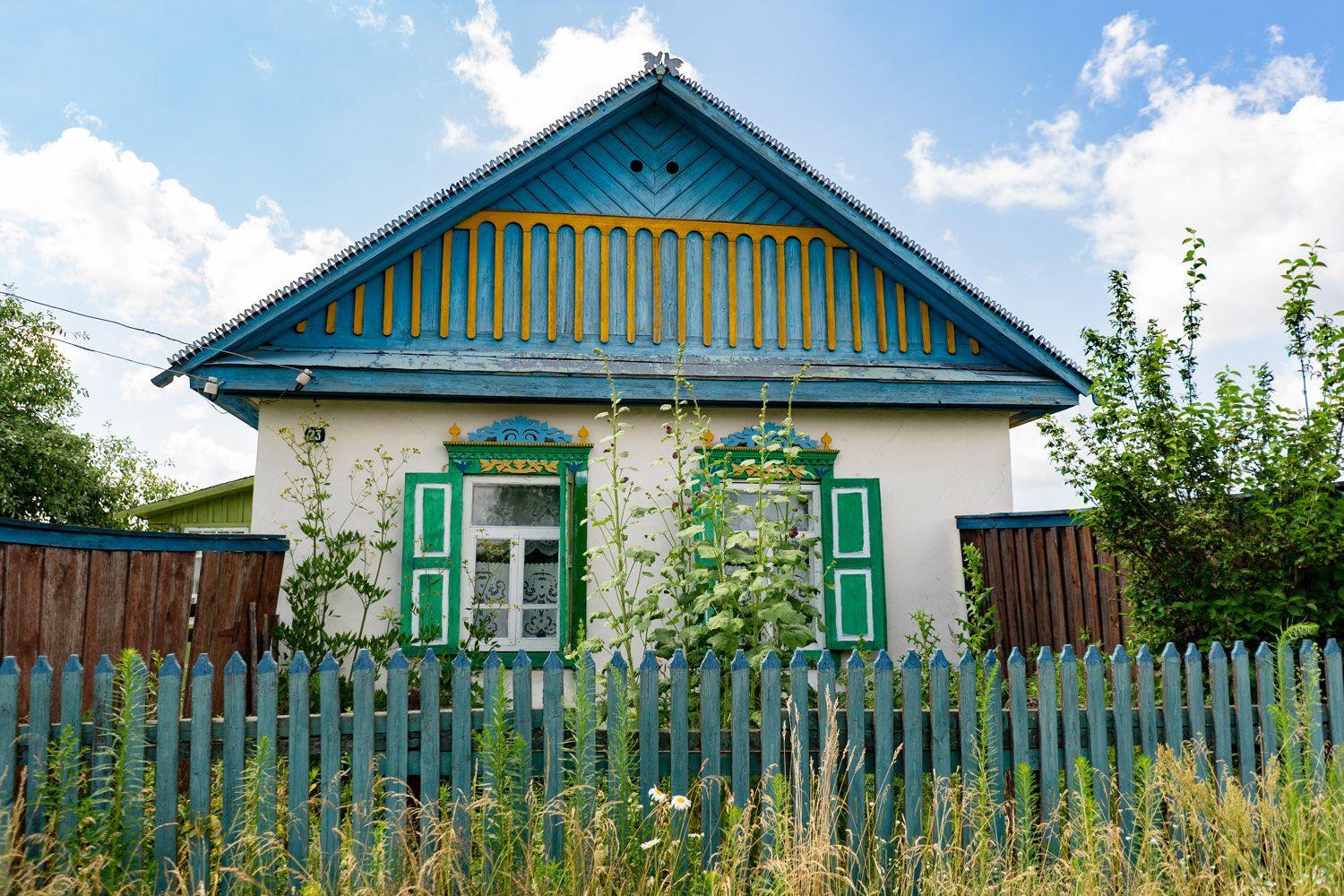

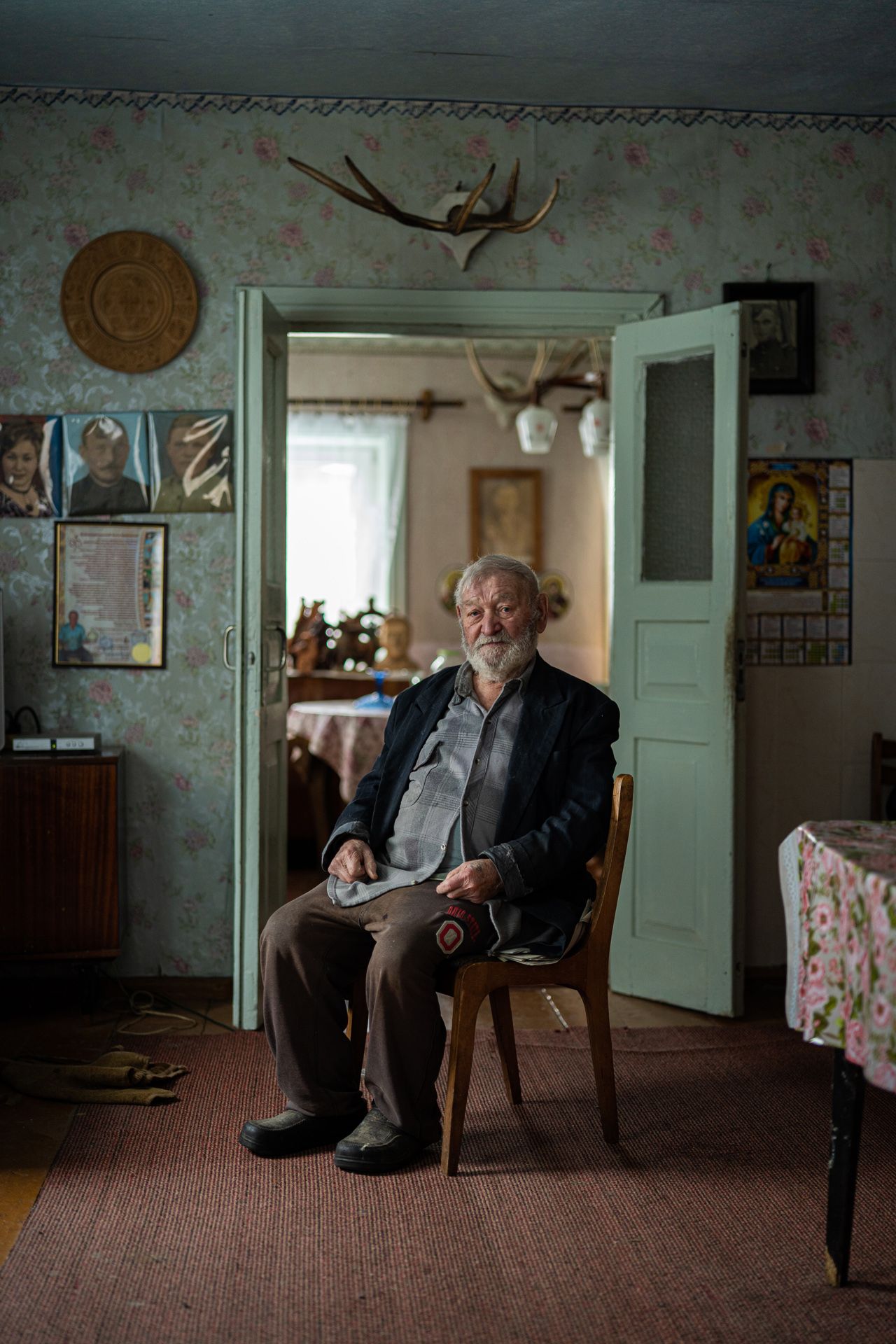
So we also asked the siblings to share some of the stories that have been defining for them. Svitlana recalled their trip to the Vinnytsia region, where they visited the home of ninety-three-year-old Lesya: the old lady wanted to ward off evil with eggs to protect Anna. But they also told the story of Mykhailo, a resident of Kosmach, a village with deep traditions, who, despite being eighty years old, was reading a book by Yuval Noah Harari. And Anna highlighted their journey to the now liberated Chernihiv region: “It’s really a story about war, and it’s also a story about Ukrainians. A woman in the village of Yakubivka told me how a missile exploded in her garden, leaving a huge hole. Her reaction to the situation is actually a kind of explanation for me of what is happening now, summed up in a very simple sentence: »A missile blew up in the garden, there’s this huge hole! I planted some watermelons in that hole so the land isn’t idle«”.
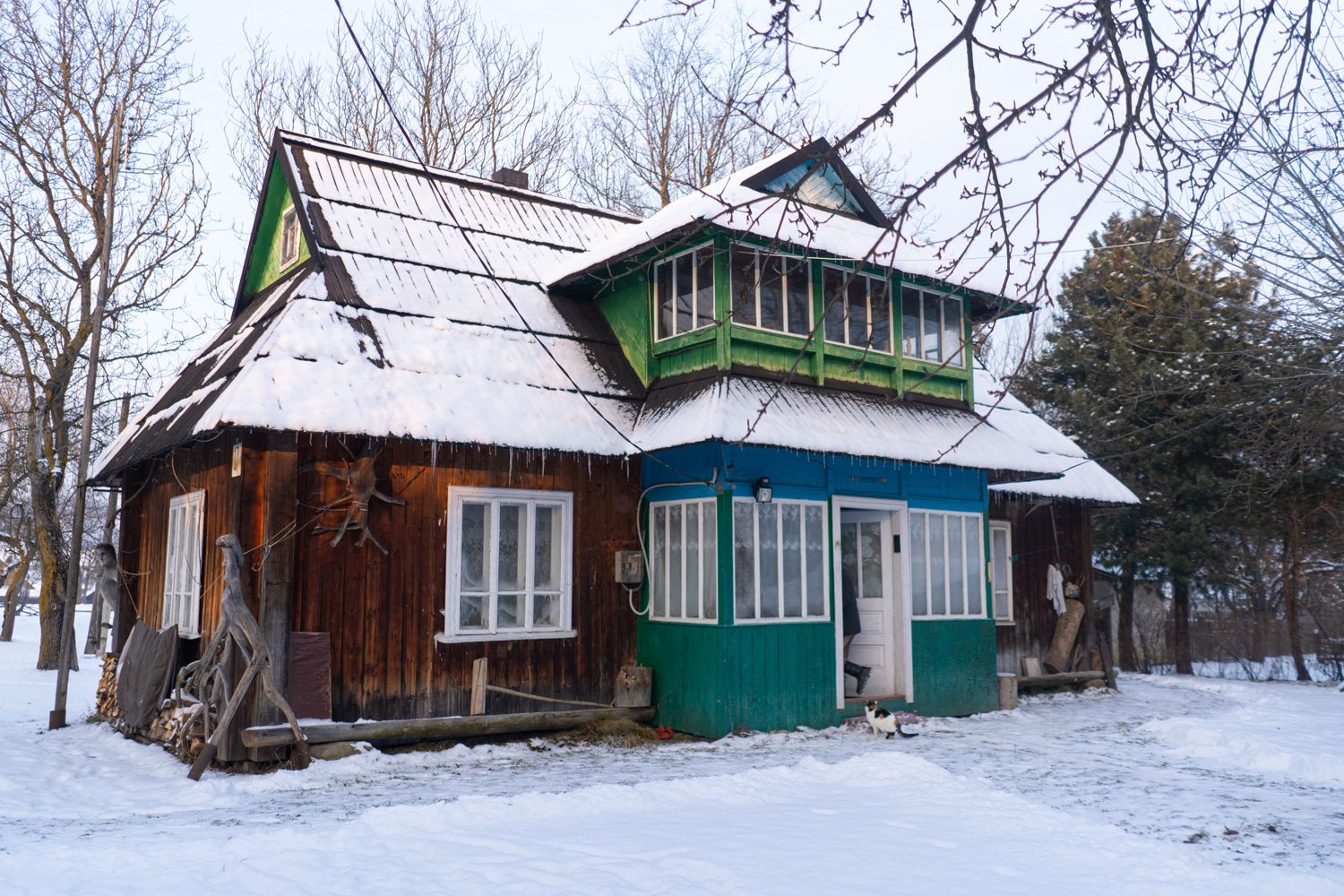
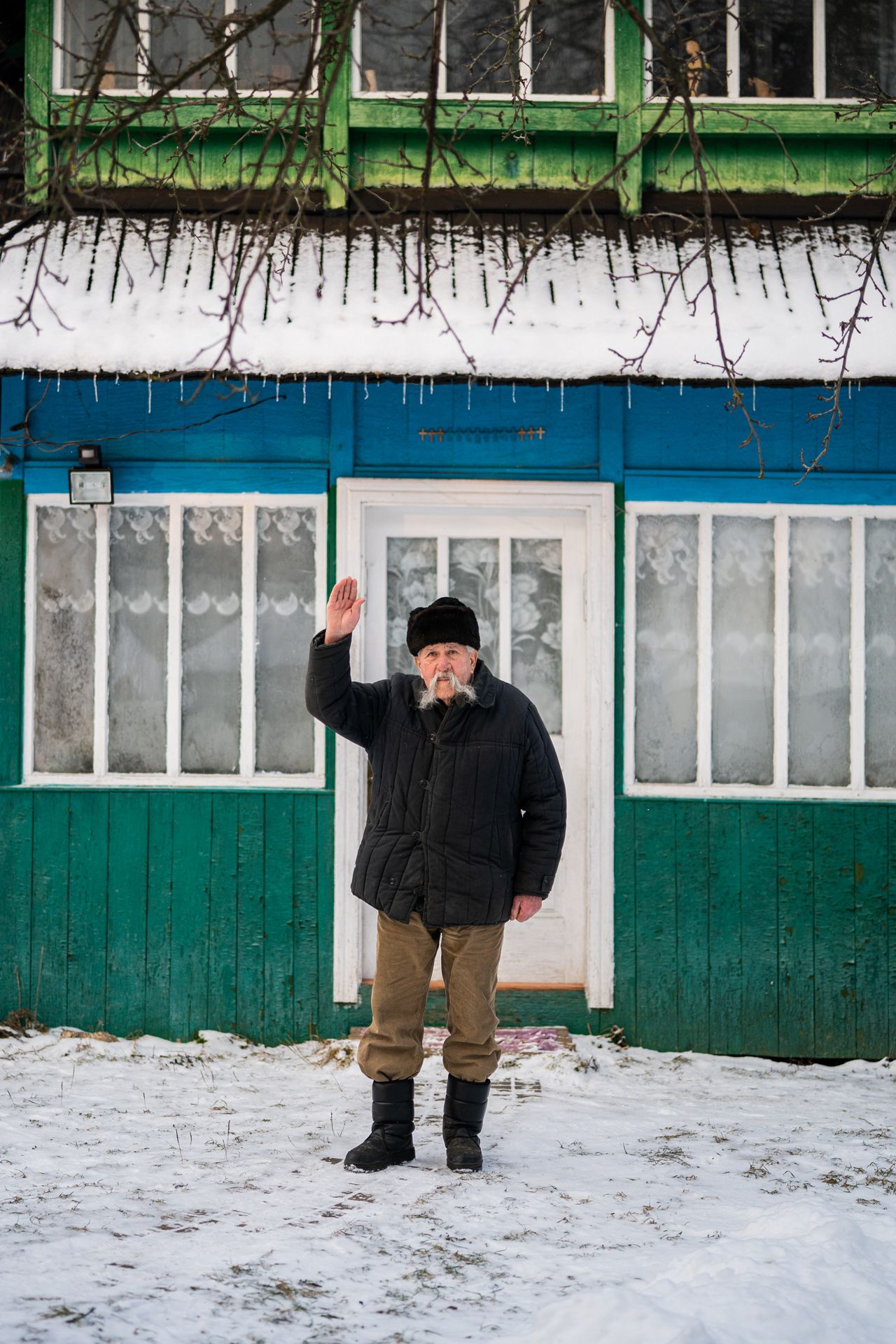
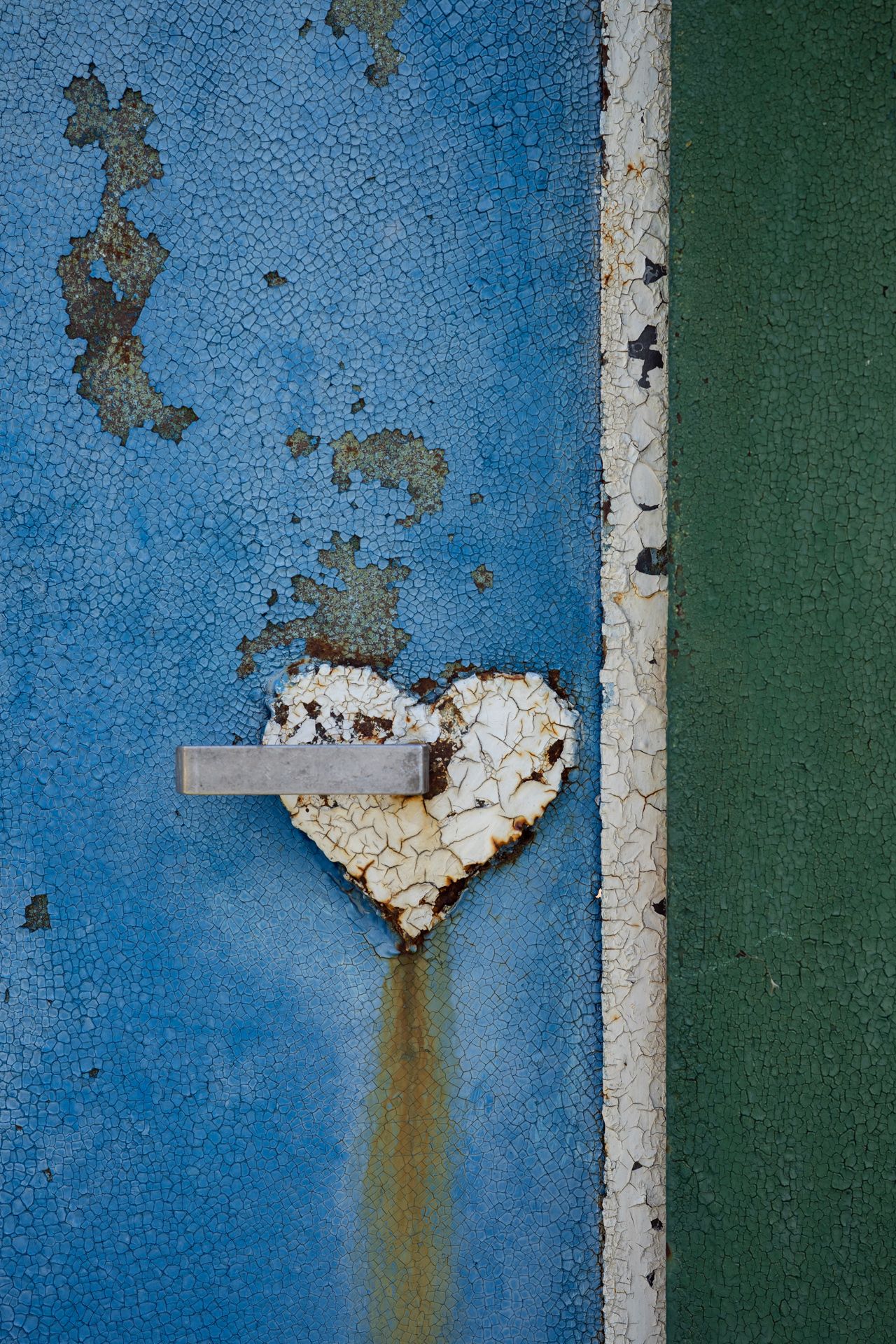
As Svitlana revealed to us, in the pre-war period, their project was more about picking up bits of wisdom or fragments of tradition from these conversations, which added a touch of poetry to everyday life. In their wartime travels, however, they focused much more on narrative stories: people’s experiences of how they lived through the Russian attacks, what they could do or how it ended for them. She added that although it was difficult to listen to these stories day after day and she felt they needed a break right now, their expedition to the liberated areas had been somewhat therapeutic for them. “In the news, you hear a lot of stories about murder or rape: the really difficult stories are of those who are no longer with us. But the stories we share on our platforms are more gentle: we didn’t want to focus on these dark topics. We wanted to find light in this terrible situation. The thoughts and mini-stories shared on the Old khata platforms are about resilience. It was essential for us to show that people have this strength, they have the power to fight and stand up to invaders and to keep on living even after the most horrific events,” she said.
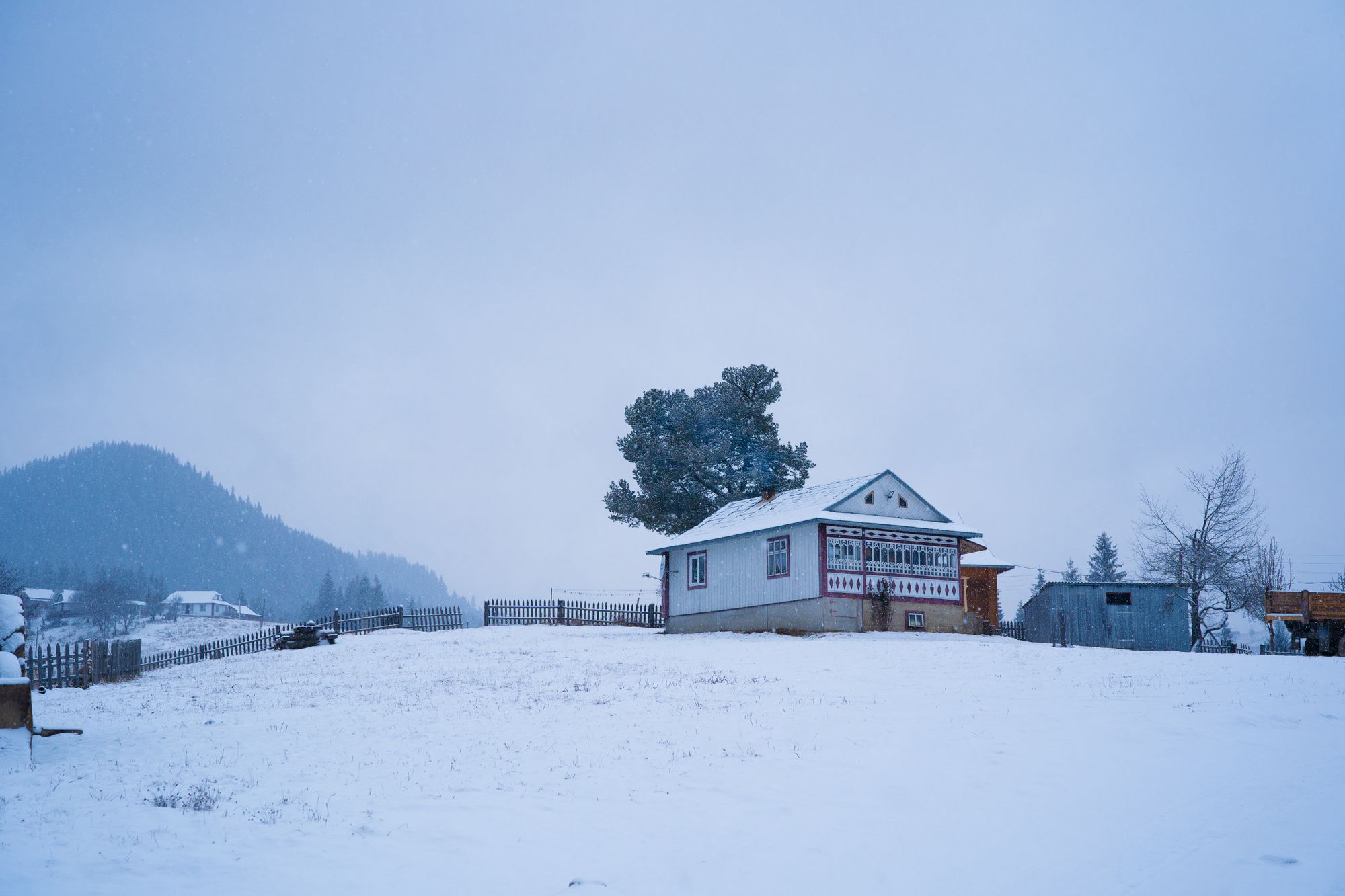

The two sisters also shared with us that, despite the break in the project, their own work is also closely linked to the theme of war. Anna has been working for the past months on a documentary about refugees from the east of the country, while Svitlana has been working with a group of journalists on documenting war crimes. But despite the current situation, they are not giving up on the idea of turning the Old khata project into a book.

A Hungarian girl in Sweden wants to reduce the ecological footprint of the internet

Ukraine has to be careful – interview with Olga Pindyuk
